Story and visual influences on The X-Files : Season 1
– Season 1 [1993-1994] –
1X79: Pilot
– Twin Peaks (Mark Frost, David Lynch, 1990-1991)
The influence of “Twin Peaks” on the X-Files is both general and specific. “Twin Peaks” began airing three years before XF started production and was a huge influence in changing how television was perceived as a medium: a mix of a self-conscious parody of soap operas and of David Lynch art weirdness, “Twin Peaks” introduced what XF would take and develop extensively, the concept of a show mythology.
More specifically, “Twin Peaks”’ central character is a good-looking male FBI agent in his thirties, Dale Cooper, who has an off-beat way to do his investigations, and who gets caught up into an investigation that eventually develops into the paranormal and an exploration of evil. In the early 90s, Dale Cooper was the iconic FBI agent. The resemblances with Mulder and XF might have been fortuitous, but the cultural significance of “Twin Peaks” is too big to just ignore them. One major difference between “Twin Peaks” and XF is that in the former the supernatural and magic is treated as part of life and extraordinary events seem to be part of the fabric of that world and the mindset of the characters, whereas in the latter the paranormal is something truly outside of the ordinary and the worldview is one starting from realism and attempting to extend the domain of what is possible.
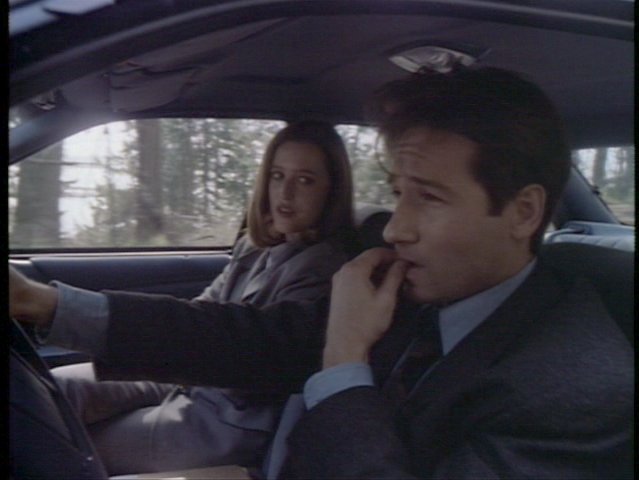 |
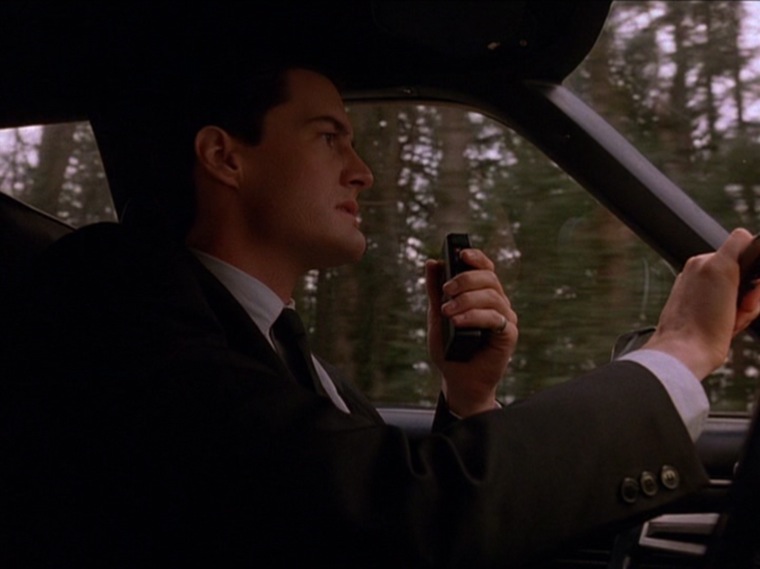 |
The other undeniable resemblance between the two series is that of the natural environment: Douglas fir forests are as much typical of “Twin Peaks” (the series was filmed in Snoqualmie, Washington, not 300 km from Vancouver) as the Vancouver woods are typical of the classic first five years of XF. XF episodes often take place in a small town of rural USA, where our agents uncover small conspiracies made of prominent figures in the town, such as the conspiracy of silence around the abductions conducted by Billy Miles in Bellflower, Oregon, in the Pilot — a secrets-within-secrets narrative similar to what happens in the titular town of Twin Peaks, Washington, population 51,201.
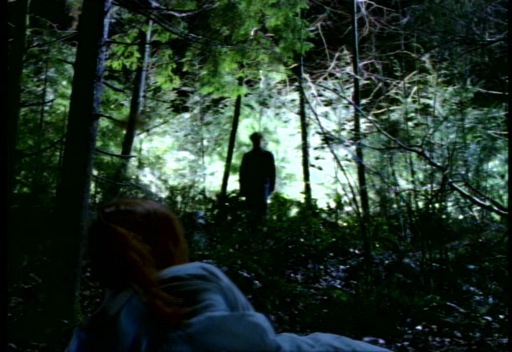 |
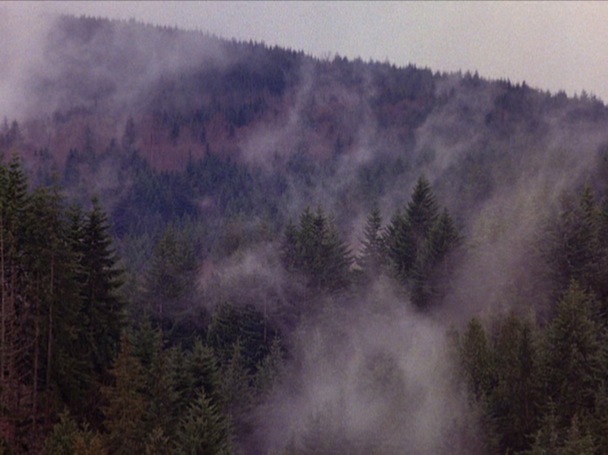 |
– The Silence of the Lambs (Jonathan Demme, 1991)
It is no secret that the looks and character of Scully were inspired by those of Clarice Starling (Jodie Foster), FBI rookie at the Behavioral Sciences Unit, in the film that came out two years before XF started production (Mulder even spoofs Hannibal Lecter in 9X19/20: The Truth in his cell, by saying “I smelled you coming, Clarice“). Starling and Scully share a similar physique, professional clothing, a strict scientific forensics approach to crime investigations, an FBI training in Quantico, and a belonging to the “weaker sex” that forces them to surpass themselves in an unfriendly mostly male environment. The entire mood of this movie, combining a methodical criminal investigation with graphical violence, a heavy atmosphere and a very dark palette, was certainly an influence on XF — in the same way that David Fincher’s “Seven”/“Se7en” (1995) probably influenced the looks and atmosphere of Millennium (pilot episode in 1996). I see it as very likely that Chris Carter provided this movie as required viewing to XF directors, art department crew and cinematographer John Bartley.
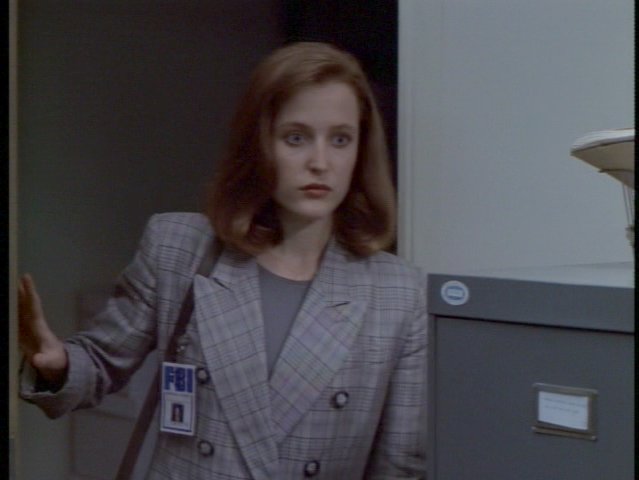 |
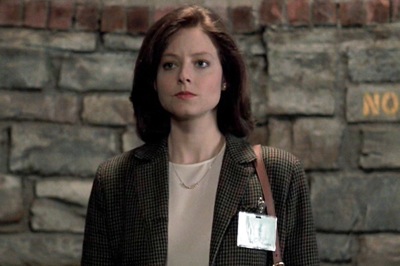 |
Of the many ways in which “The X-Files” were influenced by “The Silence of the Lambs“, a film that came out about a year before the pilot was put into production, is the use of the place and date stamps. Placed at the bottom left of the screen, using a typewriter-type font, the stamps is something that both works share — they even share common places, such as “Quantico, Virginia“! “The X-Files” added the time stamp along with the place stamp, and this became a much-copied trademark of the show.
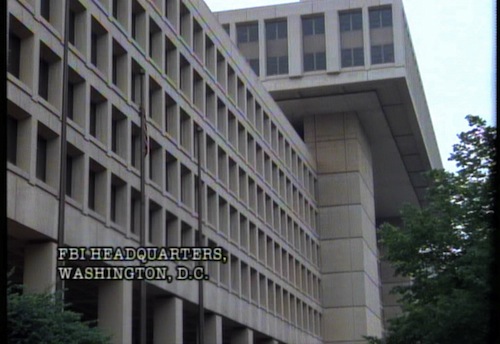 |
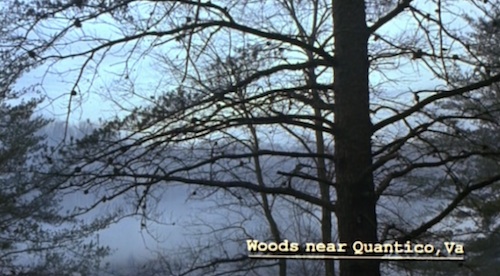 |
The film also co-stars Anthony Heald as Lecter’s doctor; he went on to play psychic Harold Pillar a few years later in 7X11: Closure.
– Red Dragon (Thomas Harris, 1981)
Another significant inspiration for the character of Mulder is once again to be found in “The Silence of the Lambs“, or more precisely its 1981 prequel by writer Thomas Harris, “Red Dragon“, in the character of Will Graham. An extremely smart FBI profiler, Graham was good at what he did thanks to an ability to empathize with the psychopathic killers he was hunting, and became a legend at the FBI by capturing many serial killers, Hannibal Lecter among them. Mulder’s pre-X-Files past and the way Mulder is introduced in the pilot echoes Graham: “He’s an Oxford educated Psychologist, who wrote a monograph on serial killers and the occult, that helped to catch Monty Props in 1988. Generally thought of as the best analyst in the violent crimes section.” Mulder would have developed to be a legend like Graham had he not been ostracised to the basement with his X-Files.
Will Graham could be said to also be the inspiration for “Millennium“‘s Frank Black.
– The Avengers (Sydney Newman, 1961-1969)
Along with Carter’s personal preferences for a platonic-as-romantic relationship, an inspiration for the Mulder/Scully duo was the Steed/Peel duo from the iconic 1960s TV series, which dealt with a duo of spy agents for the British government. Their appearance was young and smart, the dialogue was full of witty humorous repartee, their relationship never materialized in a romance but the underlying sexual tension was there. This is very similar to the chemistry developed between Mulder and Scully. Interestingly, the series is most remembered for the partnership between John Steed (Patrick Macnee) and Emma Peel (Diana Rigg), however this pairing only lasted two out of its six seasons (the middle two), the rest being Steed partnered with other agents! This has a lot to say on the importance of chemistry between characters and what seasons the X-Files will be remembered for in the future.
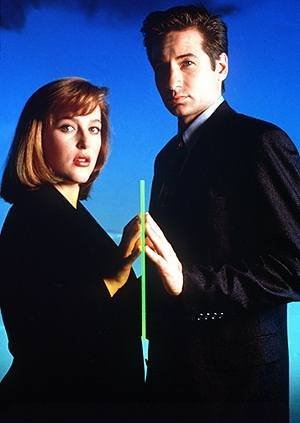 |
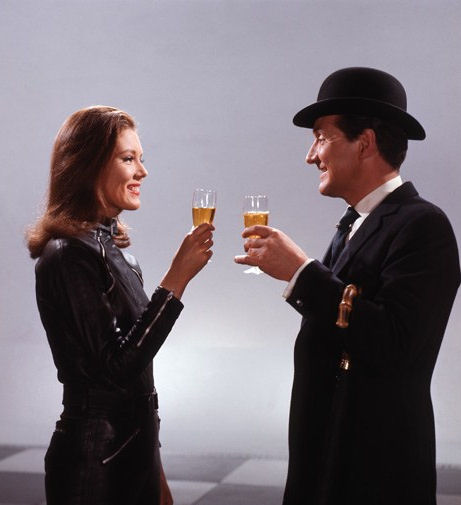 |
– The Invaders (Larry Cohen, 1967-1968)
In the list of inspirations for the character of Fox Mulder, we have to add David Vincent, the hero of this iconic alien invasion drama of 43 episodes and two seasons. The opening sequence sums it up:
“The Invaders, alien beings from a dying planet. Their destination: the Earth. Their purpose: to make it their world. David Vincent has seen them. For him, it began one lost night on a lonely country road, looking for a shortcut that he never found. It began with a closed deserted diner, and a man too long without sleep to continue his journey. It began with the landing of a craft from another galaxy. Now David Vincent knows that the Invaders are here, that they have taken human form. Somehow he must convince a disbelieving world that the nightmare has already begun.”
David Vincent (Roy Thinnes) is the lonely voice crying out in the desert, the man whose life was changed after a single event and became a believer, and who comes into conflict with a world of disbelievers who see him as a lunatic. Over the course of the series, Vincent came to have certain allies, however the themes of solitary resistance, belief, trust, and of course the alien invasion of Earth were central in the series, just as in the X-Files. Chris Carter payed tribute to the legacy of “The Invaders” by inviting Roy Thinnes to guest star as Jeremiah Smith in 3X24: Talitha Cumi. See 1X23: The Erlenmeyer Flask, 2X16: Colony and 3X24: Talitha Cumi for more “Invaders” references.
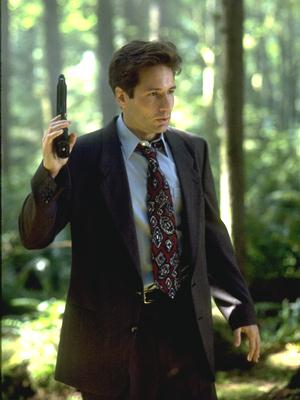 |
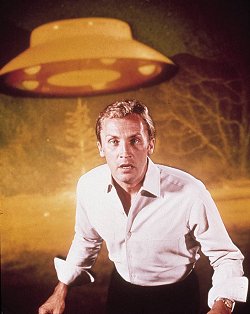 |
– V (Kenneth Johnson, 1983) and V: The Final Battle (Richard T. Heffron, 1984)
“V” features an alien invasion of Earth and makes several parallels and references to real historical events like in the X-Files, especially around the Second Wolrd War. One of “V”’s characters could have been a potential inspiration for the Scully character: Julie (Faye Grant) is a blond woman in her 30s, a medical doctor with a strong character, who gets involved with the resistance movement and reluctantly assumes a leadership position; she is captured and experimented upon; her scientific knowledge helps develop a biological weapon response to the alien invaders. See also 3X24: Talitha Cumi.
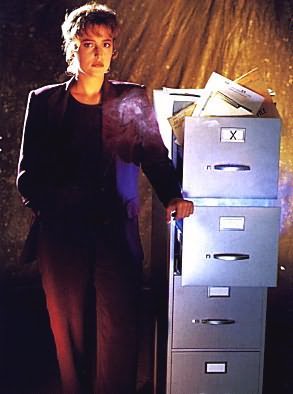 |
 |
– Kolchak: the Night Stalker (Richard Matheson, Jeffrey Rice, 1972-1975)
The list would be incomplete without the show that influenced Chris Carter a lot when he watched it as a teenager: “Kolchak”, two made-for-TV movies (1972, 1973) and a 20-episode series (1974-1975), following the criminal investigations with paranormal twists of journalist Carl Kolchak. Carter took from it a focus on paranormal events occurring in a mundane everyday environment, and a structure of independent episodes that are as if the “reset button” was pushed between episodes each time, typical of most non-soap opera pre-1990s series (contrary to the serialized narration of “Twin Peaks” and many series that followed).
– The Prisoner (Patrick McGoohan, 1967-1968)
This one-of-a-kind British series of 17 episodes was so ahead of its time that its legacy is close to nothing even today. A mixture of spy series, political allegory, commentary on life in society, psychology, art, comedy and a good dose of paranoia and witty humor, it was as short-lived as it is memorable. Chris Carter might not have been influenced by it but “The Prisoner” had taken on several themes later explored by the X-Files: the difficulty to trust, double-agents, a far-reaching conspiracy, a kafkaesque web of intrigue from which you could hardly get out of alive (or sane). Number 6 (Patrick McGoohan, the creator, writer, producer and main actor) is one of TV’s most memorable characters; his “alone against the world” stance fits quite well the character of Frank Black (Millennium).
– The Twilight Zone (Rod Serling, 1959-1964)
The list would not be complete with this addition, a landmark work significant for American popular culture, and for science fiction, fantasy and horror TV in particular; Chris Carter certainly watched it at one time or another, and he acknowledges that the X-Files owes much to showrunner Rod Serling in the introduction to The Complete X-Files. Serling created the show, and opened and closed each episode with a narration on the themes and moral of the particular episode; each black-and-white half-hour episode was an independent story alternating science fiction, futuristic, fantasy, paranormal, horror, mystery, comedy, plot twists, morality tales, dystopias, space age exploration, … making Serling the only constant presence throughout the length of the show and thus a figure directly associated with the “Twilight Zone”. Chris Carter would come to be such a figure for the X-Files, the third figure of the show after the two leads. “The Twilight Zone” was memorable for introducing in science fiction/fantasy television quality storytelling, Hollywood-quality direction, photography, set design, makeup, good actors that would come to have long careers, and for being both a critical and popular success — all qualities attributed to the X-Files just three decades later.
– Raiders of the Lost Ark (Steven Spielberg, 1981)
At the end of the Pilot, the Cigarette-Smoking Man stores the implant Scully had found, the only piece of evidence she managed to salvage throughout the episode, in a box inside a large corridor full of boxes, a storage deposit deep in the Pentagon. In the very end of “Raiders”, the tituar Ark of the Covenant, the object of the whole movie’s quest, is stored in a box, seemingly with the purpose not to be opened again. Chris Carter has said that the first Indiana Jones film was very influential on him and was one of the reasons why he decided to pursue a career in film-making.
 |
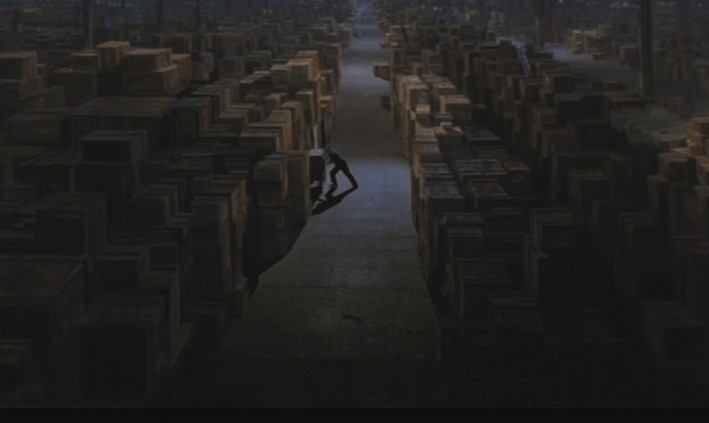 |
– Saint Augustine
A number of inspirations can be found for the Scully/Mulder skeptic/believer divide, including Carter’s own two sides of his personality. Scully’s character-defining reply to Mulder on science and skepticism is: “What I find fantastic is any notion that there are answers beyond the realm of science. The answers are there. You just have to know where to look.” This could have been inspired by the influential fourth-fifth century Christian philosopher Saint Augustine, who said: “Miracles are not contrary to nature but only contrary to what we know about nature.” Nature, understood by Augustine as the earthly work of God, is replaced in Scully’s dialogue by science, the modern method to understand the world surrounding us — which does not outright preclude the divine.
More!
“Twin Peaks” and “Silence of the Lambs” might also be the reason why Mulder & Scully work in the FBI.
Other “anthology” shows that deal with fantastic or science fictional themes can be mentioned: “Alfred Hitchcock Presents” (1955-1965; mystery and terror series launched by the legendary director, as seminal as “The Twilight Zone” in many aspects); “The Outer Limits” (1963-1965; an edgier, darker “Twilight Zone”); “Night Gallery” (1970-1973; Rod Serling’s series after “The Twilight Zone”, more focused on horror); “Tales from the Darkside” (1984-1988; horror, launched by George A. Romero); “Tales from the Crypt” (1989-1996; horror), …
Another inspiration for the Mulder-Scully duet could be Sherlock Holmes-Dr. Watson (Arthur Conan Doyle, 1887). Another inspiration for Mulder could be Abraham Van Helsing (from Dracula by Bram Stoker, 1897), a medical doctor, scientist and philosopher who is also a famous vampire hunter who based his trade on extensive knowledge and literacy on his subject — or a number of similar characters in Victorian-era Gothic horror, where detectives into the occult, the spiritual, the psychic and the paranormal in general enter these realms through investigations into science — as if the para-normal was a branch or extension of the scientific study of the world.
1X01: Deep Throat
– Close Encounters of the Third Kind (Steven Spielberg, 1977)
“Close Encounters” is one of the best-known films on alien abductions and was certainly discussed in the XF crew (see also 2X01: Little Green Men). In this episode, Mulder and Scully see a bright light approaching at night, thinking it’s a UFO, only that it turns out it is a helicopter, out to chase them — exactly what happened to the leading couple of Richard Dreyfuss and Melinda Dillon in “Close Encounters”.
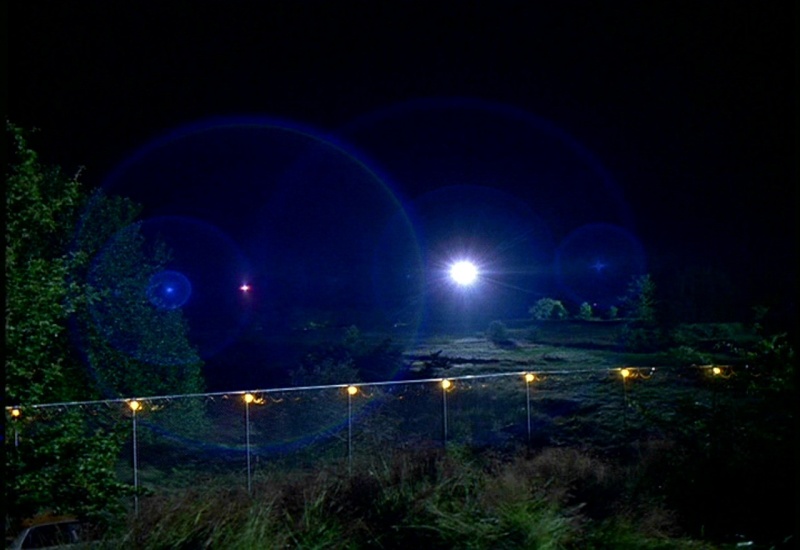 |
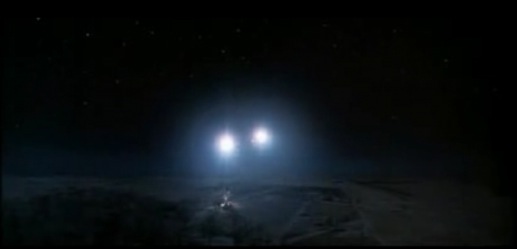 |
– JFK (Oliver Stone, 1991)
“JFK” came out one year before XF started production and started a wave of paranoid and conspiratorial trends in the 1990s. Carter must have certainly watched it very closely (see also 5X02: Redux). In this episode, Mulder first meets Deep Throat, a character and name of course inspired by the Watergate scandal and the informant to the Washington Post journalist Bob Woodward. Apart from “All the President’s Men” (see 1X23: The Erlenmeyer Flask), Mulder’s scenes with Deep Throat could have been inspired by the “JFK” meetings between investigator Jim Garrisson (Kevin Costner) and his informant (Donald Sutherland): public spaces, dialogue full of innuendo. The informant in “JFK” was credited as… “X”!
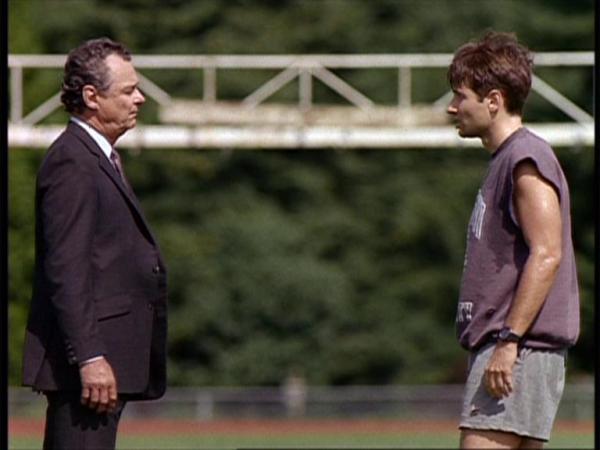 |
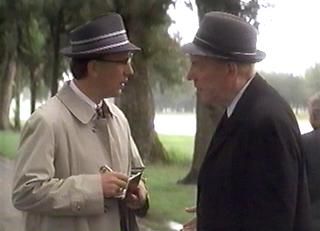 |
1X02: Squeeze
– Kolchak: The Night Strangler (Dan Curtis, 1973)
The series’ first stand-alone episode is evidently based on the series that marked Chris Carter as a teenager: the second Kolchak TV-movie was centered on a serial killer who drank the blood of his victims in order to survive and hibernated during 21 years every time he committed a string of murders. Writers Morgan & Wong mixed that with the genetic anomalies that allow Tooms to deform his body, and with a fear that modern high-security technologies are not enough to protect you, and you have Squeeze.
– Close Encounters of the Third Kind (Steven Spielberg, 1977)
In another possible “Close Encounters” reference, in the teaser of this episode, Tooms unscrews an air vent from the inside. The same thing occurs in “Close Encounters”, in a scene where aliens aim to abduct a child locked in his house.
 |
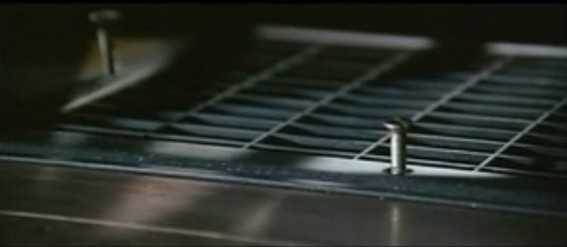 |
– It (Tommy Lee Wallace, 1990)
Tooms watches from inside a sewer and we only see his eyes. In “It’ the 3-hour miniseries), the titular monster stalks victims from the sewers.
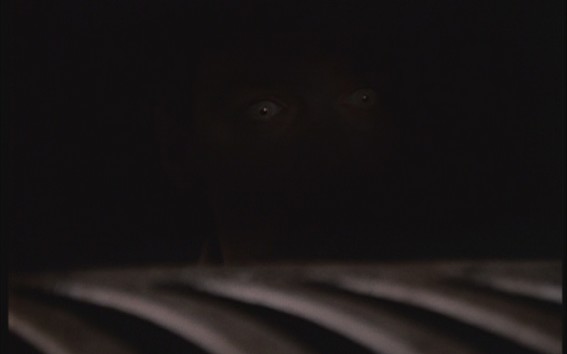 |
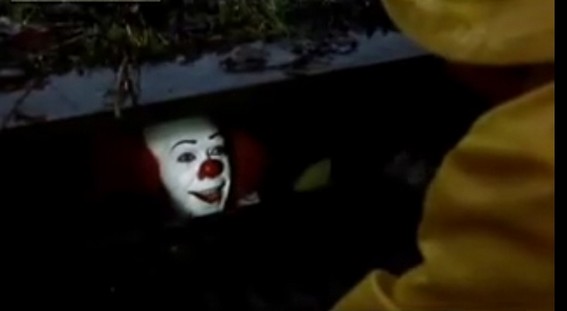 |
1X04: Conduit
– Close Encounters of the Third Kind (Steven Spielberg, 1977)
One of many scenes inspired by the abduction scene in “Close Encounters”: a victim inside a room or a house, bright blinding lights from the outside, humming noise, aliens opening the door, horrified or mesmerized faces saturated in white light. The setting and photography of many XF abduction scenes can be traced back to “Close Encounters (2X01: Little Green Men, 4X17: Tempus Fugit).
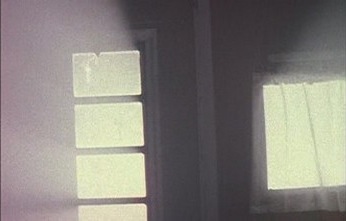 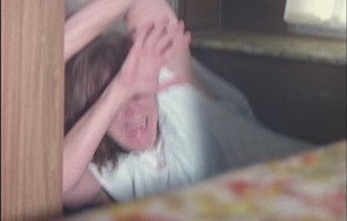 |
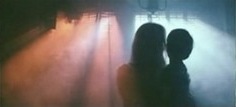 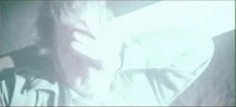 |
The similarities in colors and cinematography are even more striking towards the end of the episode, at what at first looks like an abduction scene (and turns out to be an approaching gang of bikers), particularly since the potential abductee is here too a young blond boy.
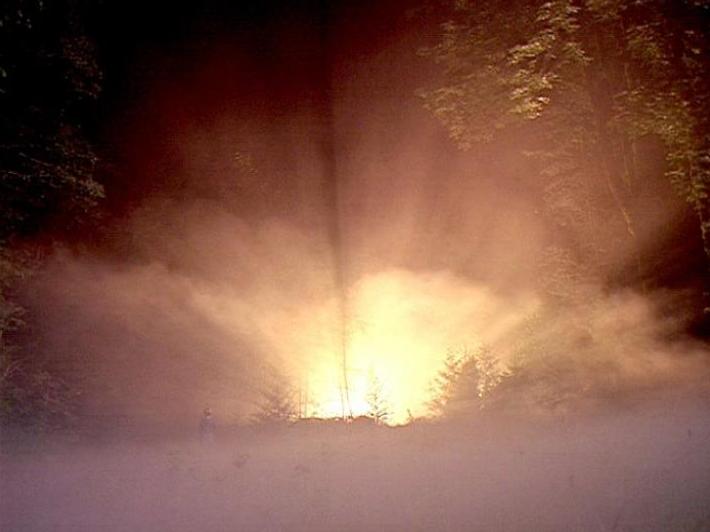 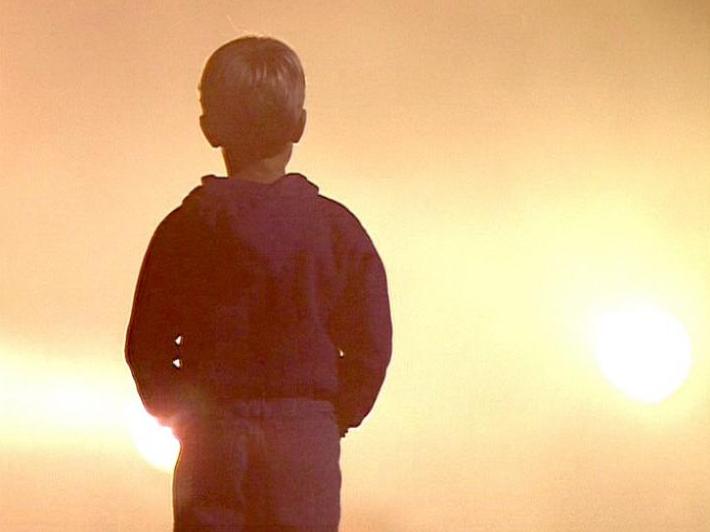 |
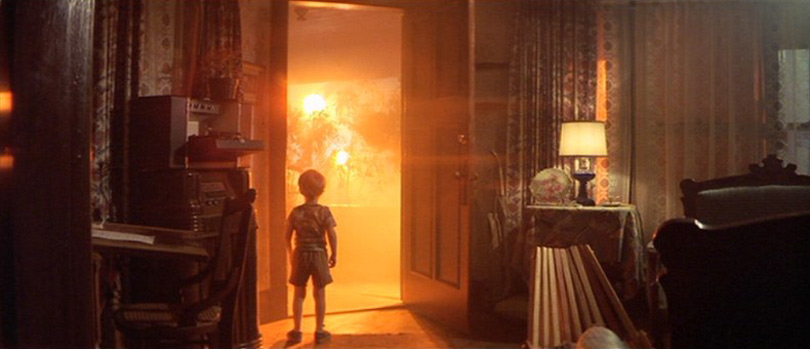 |
– Poltergeist (Tobe Hooper, 1982)
In “Poltergeist” (incidentally, produced by Steven Spielberg), a young (blond) girl is receiving messages from a television set that seems to be emitting only static. In this episode, a young (blond) boy writes down a coded message saying it came to him from the television set, also emittng static.
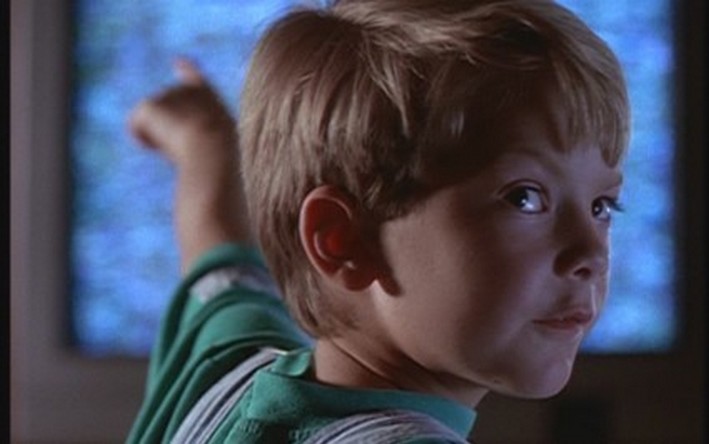 |
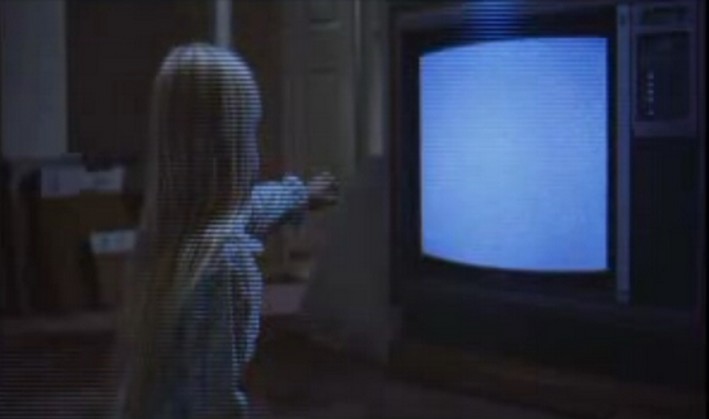 |
– Twin Peaks (Mark Frost, David Lynch, 1990-1991)
At some point, Mulder calls Danny at the FBI for some information. Mulder and Scully would call Danny several times over the course of the show (9 times over the Vancouver years, until Gilligan brought him back for Doggett in 8X05: Roadrunners) — however we never saw him nor learnt his last name! This is similar to Diane, the person FBI Agent Cooper talks to and records evidence and how his investigation proceeds in his voice recorder all the time. Apparently Diane is someone else at the FBI, however we never meet her. Even the names Danny and Diane are similar!
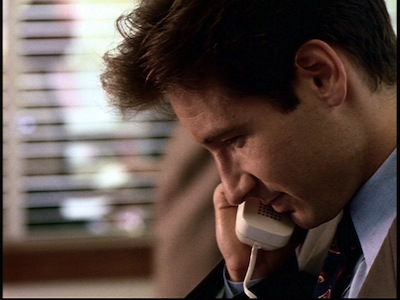 |
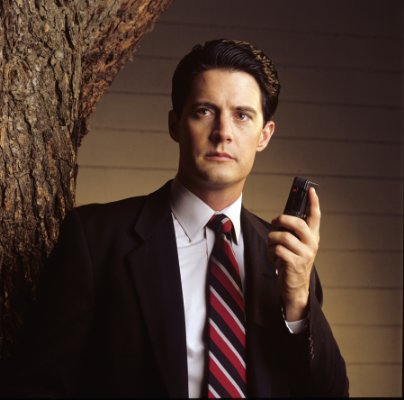 |
Some additional thoughts on the above: Producer R.W. Goodwin has mentioned that Danny is David Duchovny’s brother’s name, making this more of an improvisation. In 2X12: Aubrey Scully calls Danny Valladeo, the only mention of a surname. And some thought that Agent Pendrell is Danny, with the official trading cards writing his full name as such, however that was never confirmed, not to mention that Scully said in 4X18: Max that she “didn’t even know his first name“!
1X05: Shadows
– The Entity (Sidney J. Furie, 1983)
Another inspiration for the ghost scenes is this 1983 Carpenter-like horror/suspense film, which follows a woman that is continuously stalked and raped by a supernatural entity (an incubus). The direction of the apparition scenes in particular was original in this film: the camera shakes, all kind of things break and fly, the characters are the entity’s playthings. The film also approaches the phenomenon with both the occult supernatural and the rational scientific angles, like an ancestor to The X-Files.
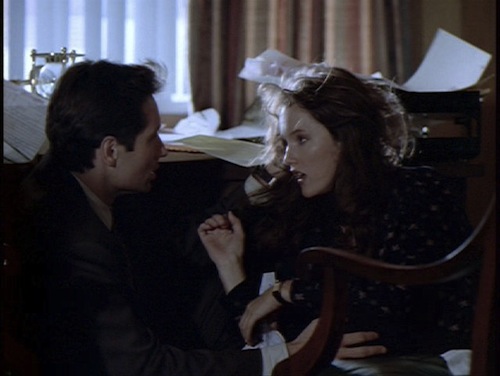 |
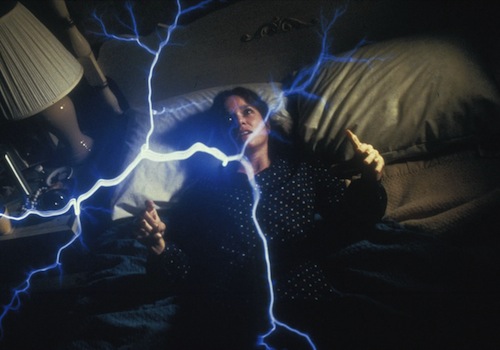 |
– Ghostbusters (Ivan Reitman, 1984)
A ghost story, of course! Drawers open all by themselves and leafs fly all over the place.
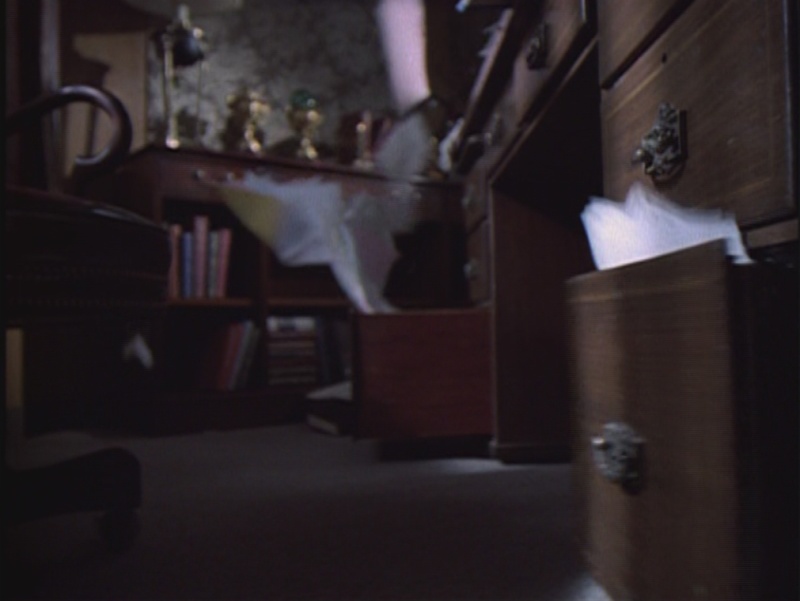 |
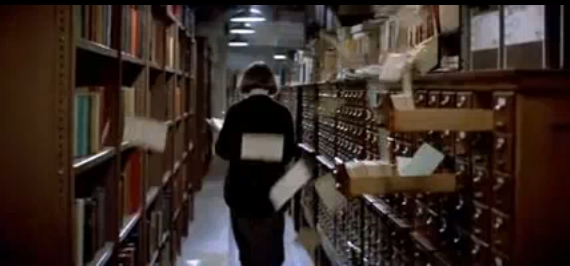 |
1X06: Ghost in the Machine
– 2001: A Space Odyssey (Stanley Kubrick, 1968)
The (horribly dated) Central Operating System of a building in this episode has a mechanical voice saying things like “file deleted” and has a little screen next to where it’s supposed to be, displaying some fancy blue and red lights and patterns. This looks inspired by the (not dated) HAL 9000 computer from Kubrick’s masterpiece “2001”: the central operating system of a spaceship is identified to viewers by a rectangle where it’s supposed to “reside”, as well as by a red dot of light, or camera, and a voice that is a bit muffled but much more human than the C.O.S.’s.
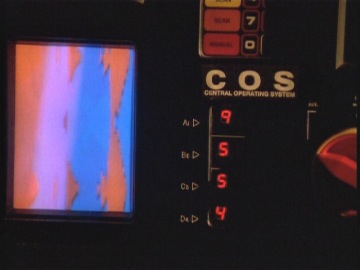 |
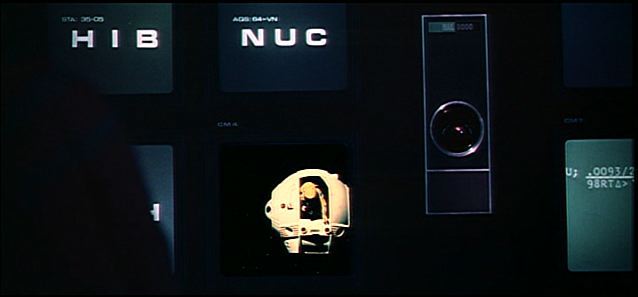 |
Fish-eye views from cameras display what the computer is “seeing”.
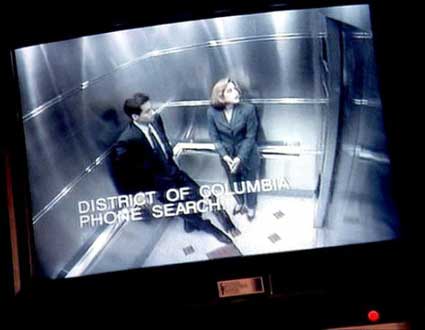 |
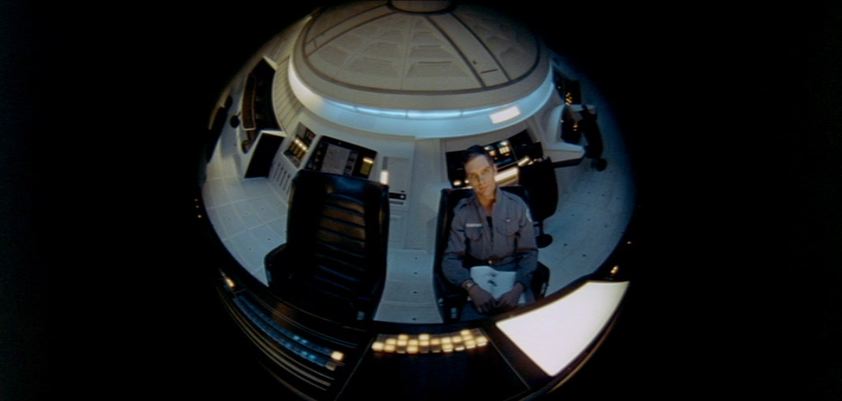 |
– Die Hard (John McTiernan, 1988)
With all other ways shut, Scully sneaks in through an air ventilation shaft with a flashlight. Same tight shots of action hero John McClane (Bruce Willis) in “Die Hard”.
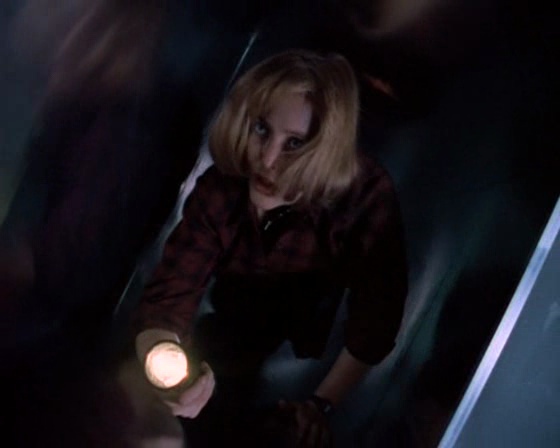 |
 |
1X07: Ice
– Star Trek II: The Wrath of Khan (Nicholas Meyer, 1982)
The spooky little alien worms crawl inside the ear of the victim and apprently wrap around the base of their necks, with devastating effects. In “Khan”, alien eels enter the body through the ear, wrap around the cerebral cortex, making the subject susceptible to mind control; madness and death ensue.
 |
 |
– The Thing (John Carpenter, 1982)
This whole episode is essentially a remake of “The Thing” with Mulder and Scully — itself a remake of th 1951 “The Thing from Another World”, or an adaptation of the John Campbell novella “Who Goes There?”. There are massive similarities story-wise: a remote snowy setting, a small set of characters, an alien monster, paranoia about who is infected and who isn’t. OK, there are differences: one takes place in Antarctica and the other in the Arctic. Visually, the most recognizable elements are the setting shots of the remote base in the middle of snow:
 |
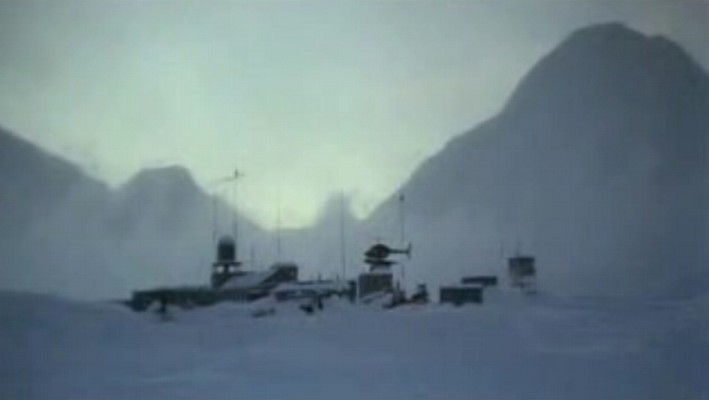 |
And the sled dogs, sensing that something is wrong, or being infected by the alien life form:
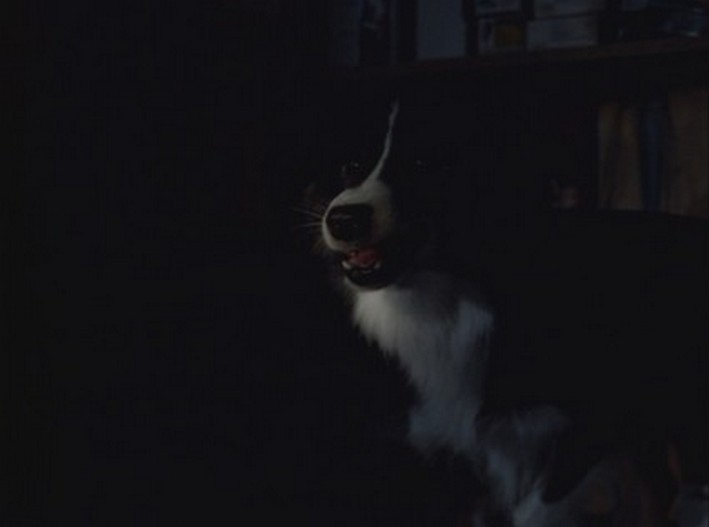 |
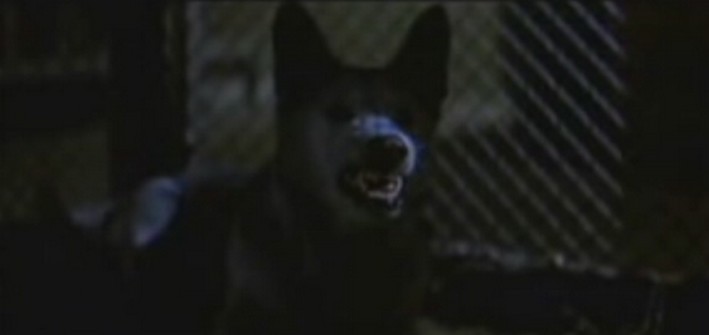 |
1X08: Space
– The Quatermass Experiment (Nigel Kneale, 1953)
The theme of alien possession of an astronaut after visiting outer space is the same as in this BBC mini-series. This series (acted and transmitted live on television!) and its sequels proved to be highly influential on science fiction television and film (“Doctor Who”, “Alien”, “The Thing”, …). The series depicts the return of a spaceship from outer space and the mysterious events that unfold as it turns out the spaceship returned with an alien presence on-board, with one of the astronauts slowly mutating into an alien organism. “Quatermass” and its BBC sequel series were remade by Hammer Films as movies (in color) just a few years after their original broadcast. See 3X02: The Blessing Way, 7X03: The Sixth Extinction and 8X08: Per Manum for more “Quatermass” influences.
1X09: Fallen Angel
– Predator (John McTiernan, 1987)
An invisible alien in the woods being tracked down by the military. There are shots where the presence of the alien is betrayed by a warping of the image.
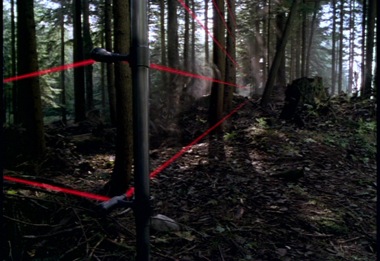 |
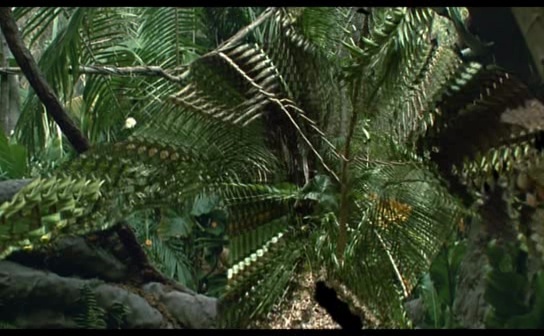 |
– The Godfather, Part II (Francis Ford Coppola, 1974)
The dialogue in the ending of the episode is inspired by the Godfather: Deep Throat says “Always keep your friends close, Mr. McGrath… but keep your enemies closer”; Michael Corleone’s exact line was “keep your friends close, but your enemies closer”. Echoes of the Godfather would come again in the mythology of the series.
1X10: Eve
– The Shining (Stanley Kubrick, 1980)
Spooky young twins must be a trope of thrillers, but it’s nowhere more memorable than in Kubrick’s “The Shining”: two young twins dressed the same.
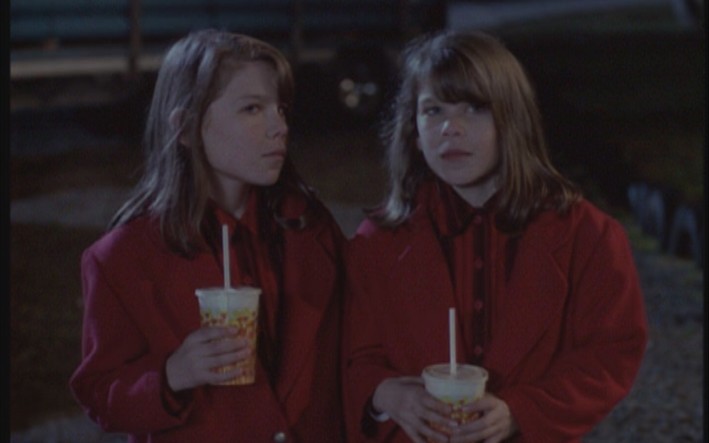 |
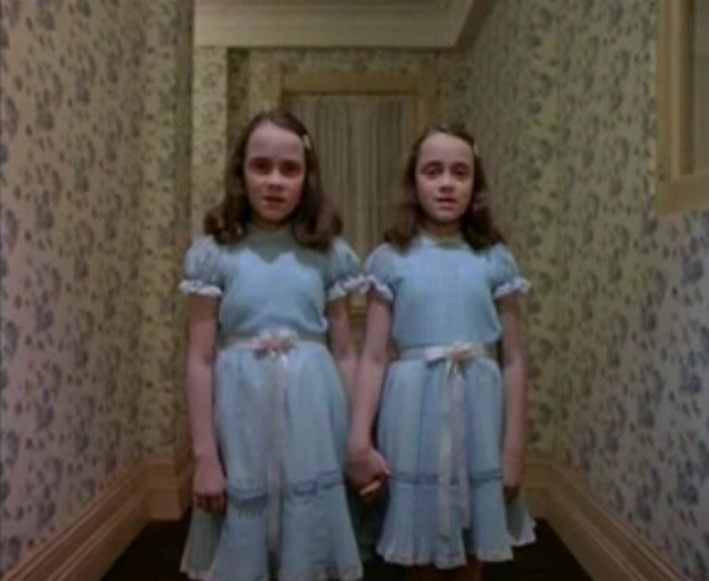 |
– The Boys from Brazil (Franklin J. Schaffner, 1978)
The story of “Eve” is as much inspired by real-life eugenics programs as it was inspired by this film, where a Nazi experiment to clone Hitler continues beyond Hitler’s death. The clones are young but spooky:
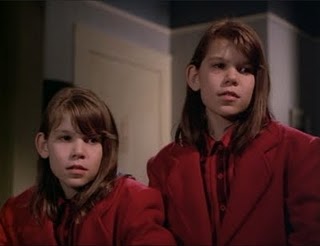 |
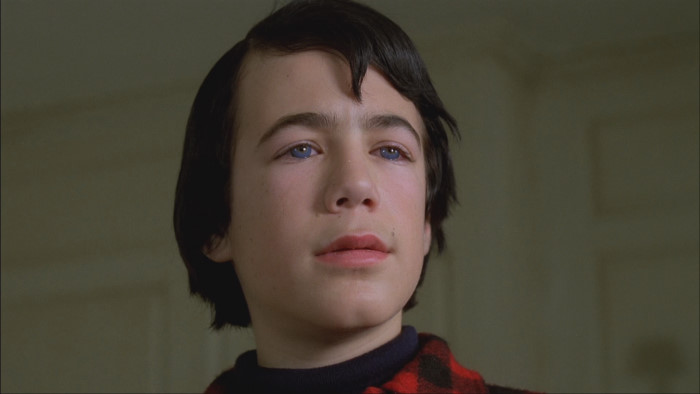 |
A nice visual trick to signify the cloning concept: mirrors:
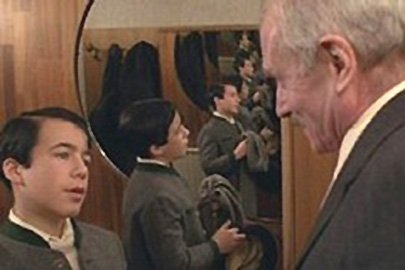 |
The Hitler clones are delivered to foster families by a woman who is an undercover Nazi guard. In “Eve”, it’s a clone that acts as both subject, perpetrator and maid.
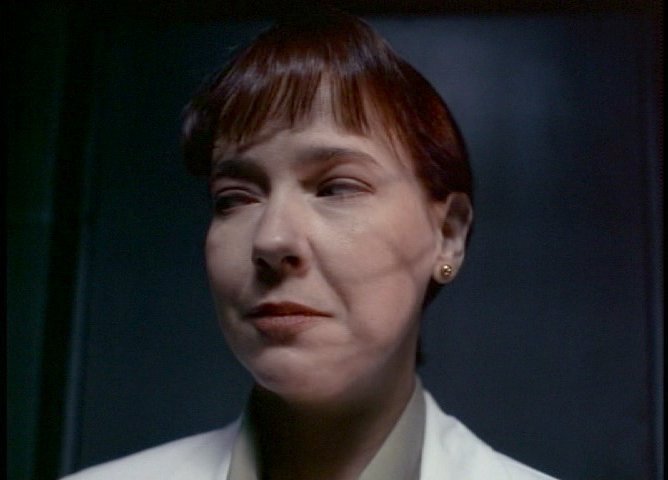 |
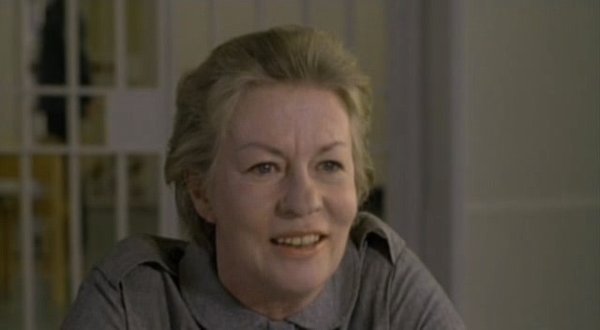 |
1X11: Fire
– Firestarter (Mark L. Lester, 1984)
Pyrokinesis is a “classic” paranormal ability in the literature, but the ability of Cecil L’Ively (Mark Sheppard) could have been inspired by this 1980s movie based on a 1980 Stephn King novel, where a couple who participated in an experiment conducted by a secret US government agency develop paranormal capabilities, and their daughter develops telepathic and pyrokinetic abilities.
1X12: Beyond the Sea
– The Night of the Hunter (Charles Laughton, 1955)
Robert Mitchum plays a serial killer and self-appointed preacher with the words “LOVE” and “HATE” tattooed on the knuckles of his hands. In the episode, serial killer Luther Lee Boggs (Brad Dourif) has “KISS” and “KILL” tattooed. As a trivia, in “Raiders of the Lost Ark” (see 1X79: Pilot), a girl has “LOVE” and “YOU” written on her eye lids to seduce Dr. Jones.
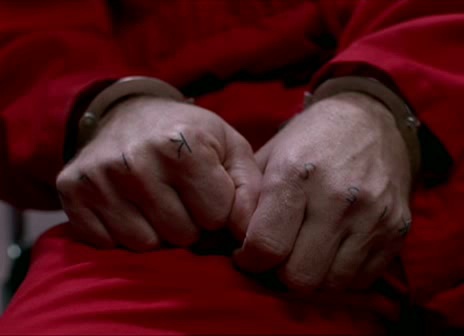 |
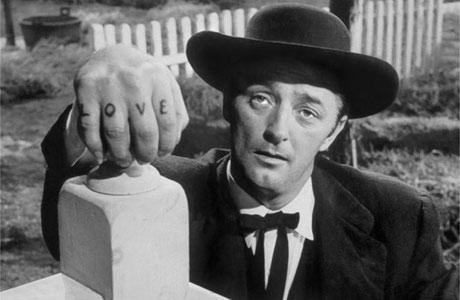 |
– The Silence of the Lambs (Jonathan Demme, 1991)
The X-Files’ inspiration from this movie (see the Pilot) is never more obvious than in this episode, where Scully/Starling visits a serial killer (Boggs/Lecter (Anthony Hopkins)) in jail and the exchanges between them become very personal. The parallels between the movie and the episode were not lost on FOX, who was reluctant to produce the episode, and the review it gathered — but since this is one of the entire series’ best, we can forgive Morgan, Wong and Carter.
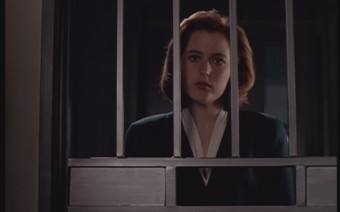 |
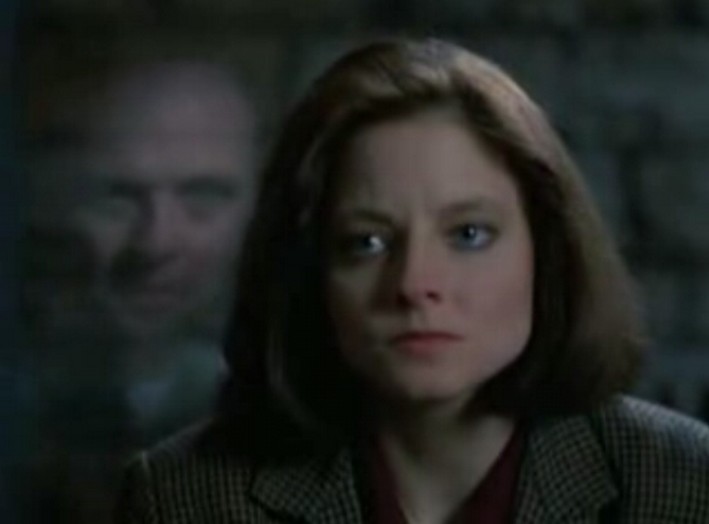 |
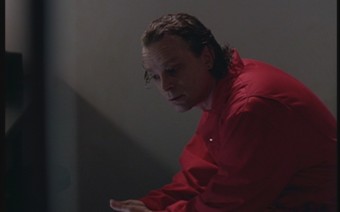 |
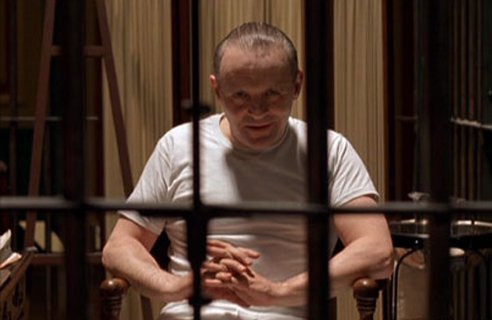 |
1X16: E.B.E.
– JFK (Oliver Stone, 1991)
Another case where the Mulder/Deep Throat meetings could have been inspired by the Garrison/X meetings: in this case, in Washington DC, at the Lincoln Memorial, on a park bench (see 1X01: Deep Throat).
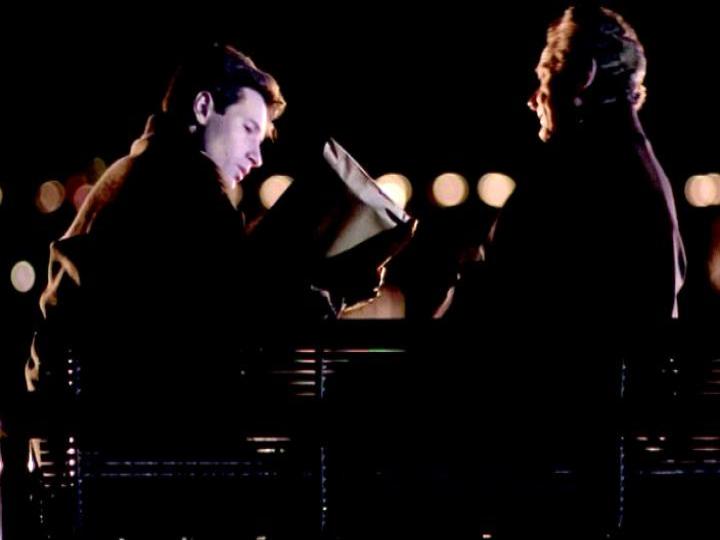 |
 |
1X15: Young at Heart
– The Boys from Brazil (Franklin J. Schaffner, 1978)
The entire story is of course an explicit reference to this movie and Dr. Joseph Mengele, the Nazi doctor who conducted medical experiments: the doctor in this episode is called Joseph Ridley, was nicknamed Mengele by his )ex-)peers, and continued his work in Latin America (Belize). A visual trick in common is also the blue eyes in the clones of the film, on Dr. Ridley himself and on his pet project John Barnett.
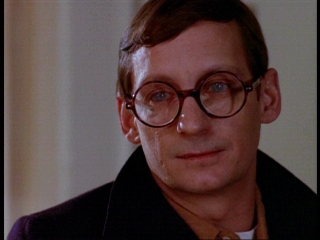 |
 |
Barnett’s eye’s are repeatedly focused on in the episode, not just because of the blue colour but also because they’re glazing out as they’re the only ones not impacted on by Ridley’s anti-ageing treatment.
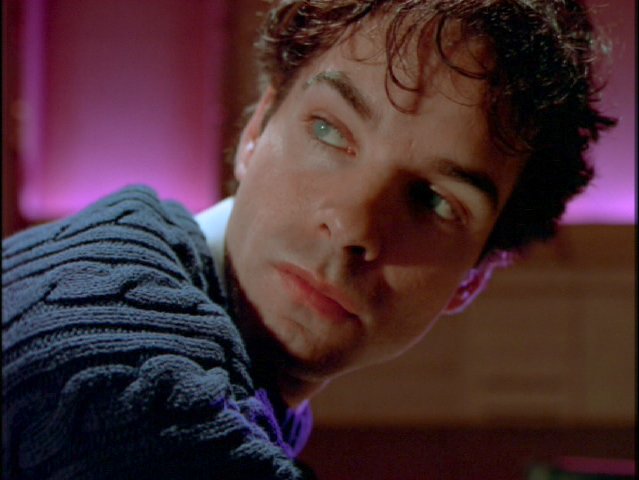 |
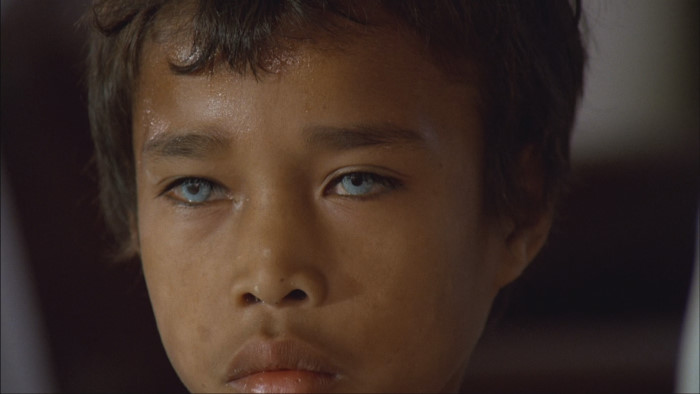 |
1X23: The Erlenmeyer Flask
– The Invaders (Larry Cohen, 1967-1968)
The human form the aliens invaders took in “The Invaders” was a disguise. One of the only times we get a glimpse at one of them in their true form is in the episode “Genesis” (season 1, episode 5), where an ill alien has to be kept in a water tank inside a sea research lab before he can be restored to his human form. The beings in this episode are of course hybrids that are more human than alien, however the image of an “alien” being inside a tank of water would become one of the signature images from the X-Files; it would be used again in 2X16: Colony, 4X15: Memento Mori and 5X07: Emily. See 1X79: Pilot, 2X16: Colony and 3X24: Talitha Cumi for more “Invaders” references.
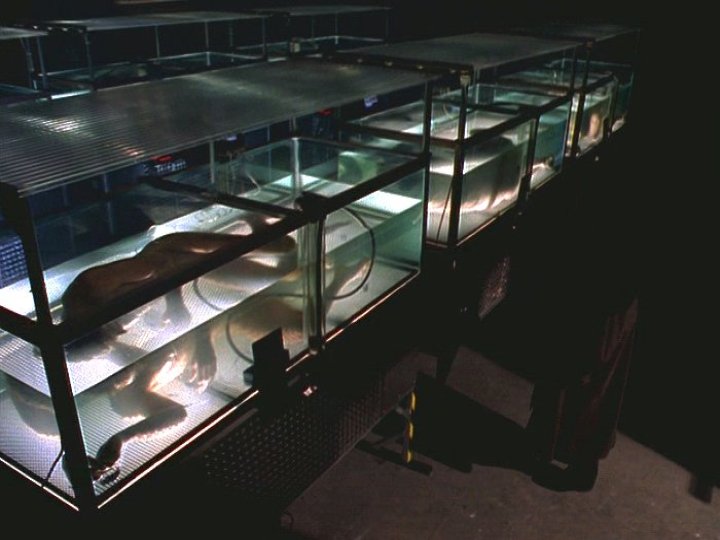 |
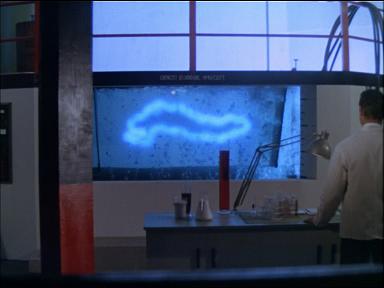 |
– All the President’s Men (Alan J. Pakula, 1976)
With “JFK” (see 1X01: Deep Throat), the other great influence in the scenes with Deep Throat is of course the original movie that introduced Deep Throat to audiences (no, not that movie!): “All the President’s Men”, the film re-creating the investigation of Watergate by the Washington Post’s journalists Bob Woodward (Robert Redford) and Carl Bernstein (Dustin Hoffman). Mulder and Deep Throat meet in darkened alleys just as Woodward and Deep Throat. The Watergate scandal had a great impact on Chris Carter’s upbringing, his relation with power and his interest with governmental conspiracies.
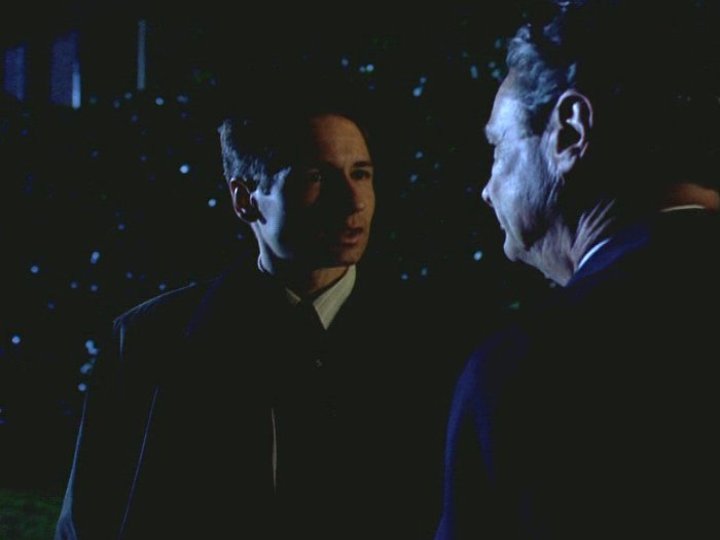 |
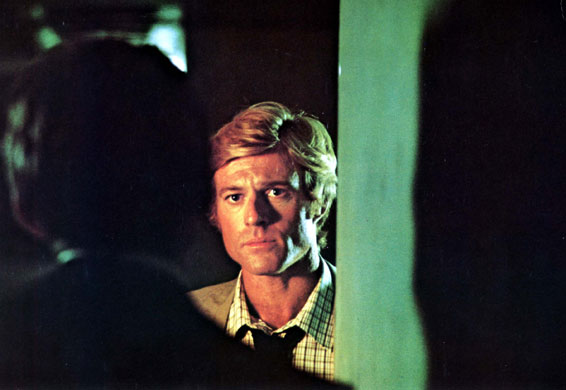 |
– Predator (John McTiernan, 1987)
One potential inspiration for the green blood of alien origin in this episode is the vibrant green blood left behind by the titular Predator.
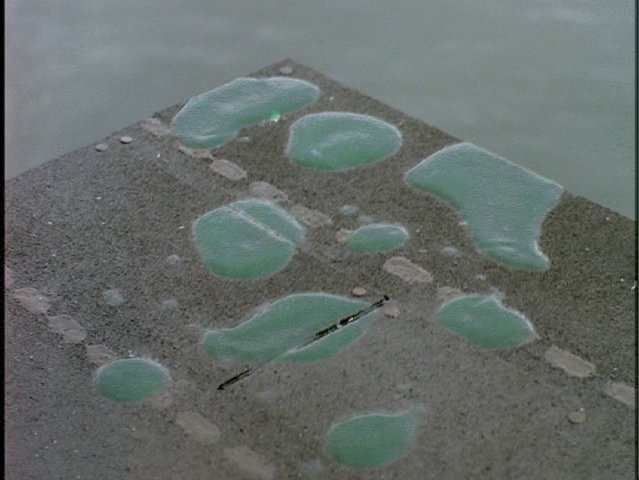 |
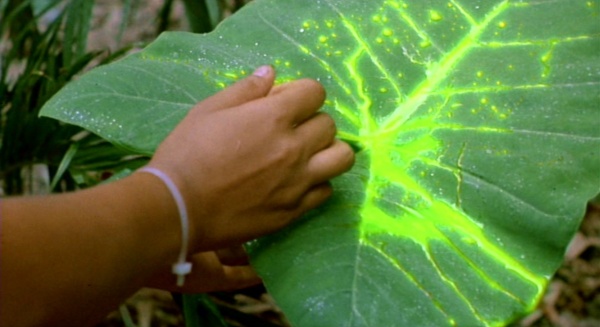 |
I always thought William Hurt and Blair Brown in “Altered States” we’re rather Mulder and Scully-like.
Is it the hair? Blair Brown’s role was less proactive than Scully’s, William Hurt’s character was the sole driving force, I think.
Blair Brown’s role was less proactive than Scully’s, William Hurt’s character was the sole driving force, I think.